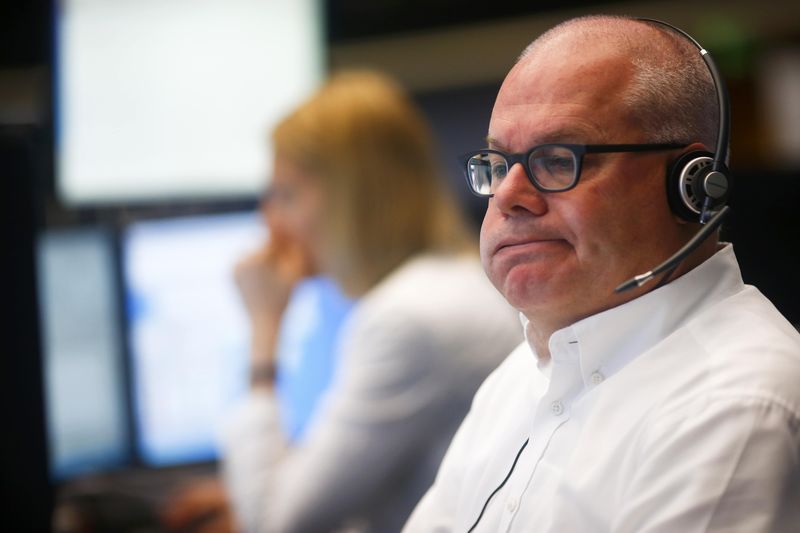(Bloomberg) -- Two of Australia’s largest asset managers are at odds about whether the currency will break below 70 U.S. cents.
The Aussie will slide under that level by mid-2018 as the yield on the nation’s bonds falls below that on U.S. Treasuries, according to Brisbane-based QIC Ltd., which oversees the equivalent of $63 billion. The Aussie is likely to stay above 70 cents due to China’s robust economy and a tailwind from commodity prices, says AMP Capital Investors Ltd., which manages about $137 billion.
Australia’s dollar has tumbled about 6 percent from this year’s high in September as the premium on its two-year notes vanished last month for the first time since 2000. Mixed economic data means the Reserve Bank of Australia isn’t likely to raise interest rates from a record-low 1.5 percent any time soon, while the Federal Reserve has increased its benchmark five times since December 2015 to reach a similar level.
“There’s a possibility that the whole yield curve up to the 10-year point will trade below the U.S.,” said Susan Buckley, managing director of global liquid strategies at QIC. “We may well be in a period where the interest-rate differential factor will start to weigh on the currency more than other factors.”
Australia’s two-year premium is now five basis points, down from as much as 510 basis points in February 2008. The extra yield of 10-year bonds has shrunk to 17 basis points from as high as 277 basis points in 2008.
The RBA will only tighten in the second half of next year, while the Fed will probably raise rates three times in 2018, QIC’s Buckley said.
‘Look to Buy’
Stable growth in China, Australia’s biggest trading partner, is likely to help limit further declines in the Aussie, said Nader Naeimi, who heads a dynamic investment fund at AMP Capital in Sydney.
Iron ore delivered to Qingdao in China, a global benchmark, has jumped more than 20 percent since Oct. 31. Robust factory output and consumer spending helped the world’s second-biggest economy expand 6.8 percent in the third quarter.
“China and commodity tailwinds coupled with local headwinds is why I believe the Australian dollar is unlikely to have a clear trend anytime soon,” Naeimi said. “I continue to look to buy the currency in the 70-to-73 cent range and sell in the 82-to-85 range.”
No ‘Disaster’
Australia’s vanishing yield spread will not be the “FX disaster” some are predicting, said Gareth Berry, a foreign-exchange and rates strategist at Macquarie Bank Ltd. in Singapore. Yield isn’t the only consideration for reserve managers and other investors seeking to diversify their holdings, he said. The nation’s equities still offer superior dividend yields and will also support the currency, Berry said.
Estimates for where Australia’s dollar will be at the end of next year range from 67 cents to 86 cents, highlighting the divide among forecasters. The currency was at 76.60 cents at 5 p.m. in Sydney on Monday. The last time it traded below 70 cents was in February 2016.
Market positioning is become less favorable, with hedge funds and other large speculators cutting their long positions to 44,409 contracts in the week ended Dec. 12, from a four-year high of 86,204 at the end of August, according to the Commodity Futures Trading Commission.
The Aussie is likely to keep weakening unless it finds a trigger to arrest its decline, said Mansoor Mohi-uddin, head of currency strategy in Singapore at NatWest Markets, a unit of Royal Bank of Scotland Group (LON:RBS) Plc.
“The Australian dollar’s outlook remains bearish over the next few months,” he said. “What would change this dynamic is if the RBA turns hawkish in 2018 and starts signalling interest-rate hikes.”
